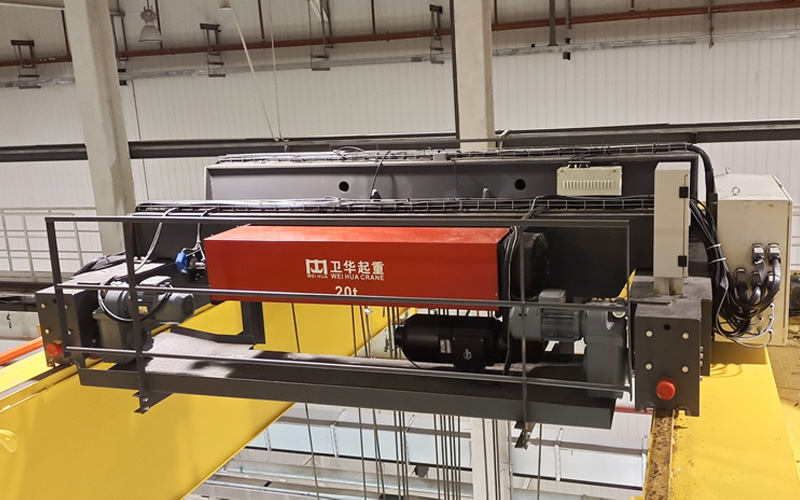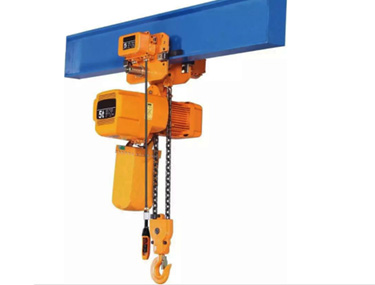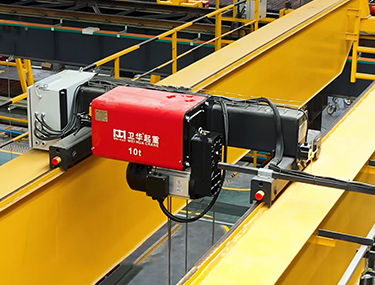Electric hoist is a common light and small lifting equipment, widely used in industry, construction, warehousing and other fields. It is driven by an electric motor and combined with a wire rope or chain to lift heavy objects. It has the characteristics of easy operation, high efficiency and small space occupation. The following is a detailed introduction to electric hoists:
1. Main components
Motor: Provides power, divided into alternating current (AC) and direct current (DC), and the most common is a three-phase asynchronous motor.
Speed reduction mechanism: Reduces speed and increases torque, usually achieved by a gearbox.
Drum or sprocket: Wraps wire rope or chain to achieve lifting.
Hook or clamp: Directly connects to the load and must meet safety standards.
Control system: Control lifting, lowering and moving through buttons, remote control or PLC.
Braking system: Ensure that the load is suspended when the power is off or stopped to prevent falling.
2. Common types
Wire rope electric hoist:
Strong load capacity (usually 0.5~100 tons) and large lifting height.
Suitable for medium and heavy operations such as factories and ports.
Chain electric hoist:
Compact structure, suitable for small spaces (such as workshops, maintenance).
The chain is wear-resistant, but the lifting speed is slow (commonly 0.5~20 tons).
Micro electric hoist:
Light load (tens of kilograms to 1 ton), used in light scenes such as homes and laboratories.
Explosion-proof electric hoist:
Used in flammable and explosive environments (such as chemicals and petroleum), using explosion-proof motors and components.



